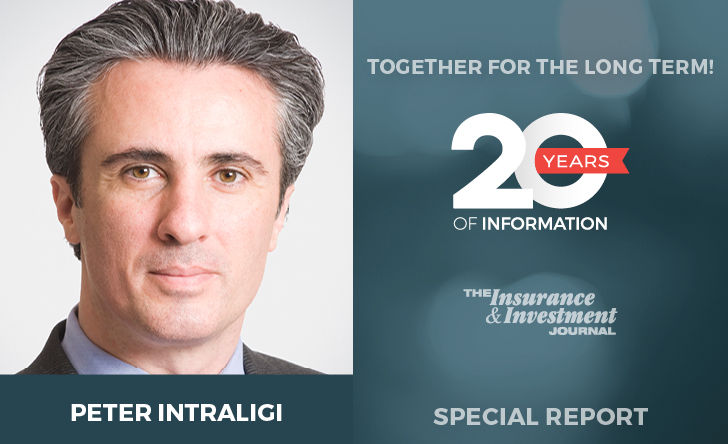Increased regulation and a challenge to gain a larger share of distribution has spurred the creation of two major products from Invesco Canada Ltd. – first PowerShares and more recently, Platform Traded Funds (PTFs).
“It’s really because we have to [create new products],” says Peter Intraligi, president and chief operating officer of Invesco. “As an independent asset manager it’s very, very challenging to get access to distribution so the best way for us to do that is to be competitive, be innovative and find ways to lower our fees so that people have access to our products.
“I think we have been at the forefront of portfolio construction and providing the tools that investors need to create better outcomes.”
When Invesco introduced PowerShares in November 2009 it became the first asset manager in Canada to introduce ETFs, following just a few months after BMO Financial Group became the first bank in the country to do so.
While many mutual fund companies initially shunned ETFs, Intraligi says Invesco’s thought process stemmed from the belief that investors could benefit from investing in both passive ETFs and actively managed mutual funds to deal with costs without sacrificing returns.
Fee-based practices
The challenge of lower fees, as well as the increasing number of advisors moving to fee-based practices, drove the formation of PTFs in late 2015.
Invesco used a new process to deliver its money management expertise through PTFs which are aimed exclusively for fee-based investors who work with discretionary or non-discretionary advisors.
PTFs transact like a stock and orders are filled using end-of-day net asset value. The new system results in greater efficiencies while removing about 35 basis points on the fee, says Intraligi.
Currently with mutual funds there are two books of record – one that Invesco, for example, maintains and one the dealer maintains. But in the securities world there is only account, enabling Invesco to stop maintaining its book of record and leading to lower costs for investors.
“The dealers that have adopted it so far and advisors who use PTFs absolutely love it because it’s simple to transact and lower in cost,” he says, noting assets under management for PTFs currently stand at about $100 million.
“I personally think this is the future for actively managed products because it’s much more efficient and there is really no purpose in duplicating administrative aspects of the business. In the end, the consumer is looking for world-class investment management capabilities.”
But opportunities, especially the use of technology, represent the potential for making onboarding more efficient, allowing advisors to spend more time getting to know clients and their goals and creating a beneficial financial plan for them, says Intraligi.
Fee-based advisors
There is also room to better serve investors working with the growing number of fee-based advisors, the fastest-growing channel for Invesco. With the Ontario Securities Commission introducing a concept paper later this year on banning commissions and a growing number of dealers pulling the plug on deferred sales charge (DSC) funds, Intraligi believes many advisors will move to fee-based.
“There are different advisors that meet different needs for different clients. We think the more of that that exists the better. Our responsibility as an asset manager is to support all of those business models.”









